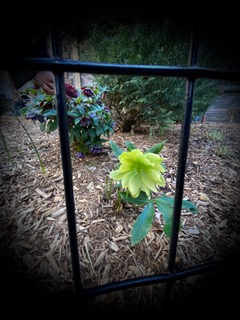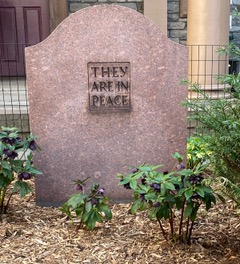Plants are plants, right? That’s what I thought when I started researching what seeds or medicinal herbs would have been brought to Jamestowne from England in 1609. Besides needing to verify nomenclature, I figured this detail wouldn’t require much thought. I already grew an herb garden; I’ll just expand on that. Oof!
When writing, I try to remain as historically accurate as possible. When that fails, I go for historically plausible. There are a lot of holes in primary sources, and most sources are written for very specific goals. Just for the record, assisting future writers is not one of those goals. This is an issue regardless of time period and location. I expected problems as my novel takes place in three locations (England, Bermuda, and Jamestowne) during a two-year period (1609-1610). Turns out, that wasn’t my only concern.

Once I started researching, I discovered the added burdens of gender and class. My main character, Alice, and her family are merchants. As such, they aren’t farming, and they aren’t hanging out with people who do. BUT, upon further investigation, I discovered that most women, regardless of class, would have had a physic garden, or medicinal herb garden. In this time period, upset stomachs, fevers, generalized pains, and household injuries would have been tended by the woman of the house. Great! Problem solved! Info in hand regarding these gardens, I set out to find primary sources. Wrong again.
Some women did write. Most did not. If they did write, it wasn’t used to record their antidotes. While there are some recipe books (these contained family remedies) still in existence, I didn’t find them useful. Most were written much later and used different herbs than what was available in 1609. Recipes often contained common elements used in the treatment of routine ailments, but the mixtures were as tenuous as my grandmother’s potato salad recipe: a dash of celery seed, salt to taste, add mustard as needed. Not at all quantifiable or replicable. While the women on the Sea Venture undoubtedly brought their own herbs and tinctures, it is unlikely that their concoctions were written down. And what about where they landed? Bermuda must have had some very unique herbs and plants. Let’s talk about that.

There was no way to know what was safe or poisonous on Bermuda. There were no guide books or others to consult, as no one had ever survived the island. Even for me, a writer in 2023, there are only two existing primary sources related to life on the island in 1609-1610, both by men. Therefore, no info on medicinal gardens. (Only one man, Silvester Jourdain, even mentions the flora and fauna they encountered on the island, and then only to stress what they ate.) Also, not all the flora they encountered on Bermuda exists today. Looking to Jamestowne was equally frustrating as farming, as we know it, had not been established by 1609. (Hello, Starving Time.) Most of the info I could find was either too late (farming in the late 1610s, early 1620s) or Civil War era herb gardens. As I learned, there are a lot of plants that are similar in look and smell to what was available in 1609, but they aren’t exact matches. Not sure why I thought they would be, but I did. This was a disappointing discovery.
In the end, my imagination coupled with information from the Folger Museum allowed me to develop a plausible herb and tincture collection for my main character. In addition, I learned a lot about the evolution of medicinal herb gardens and met some nice people at a gardening workshop.

Banner Photo credit: Nzfauna, CC BY-SA 4.0 <https://creativecommons.org/licenses/by-sa/4.0>, via Wikimedia Commons

